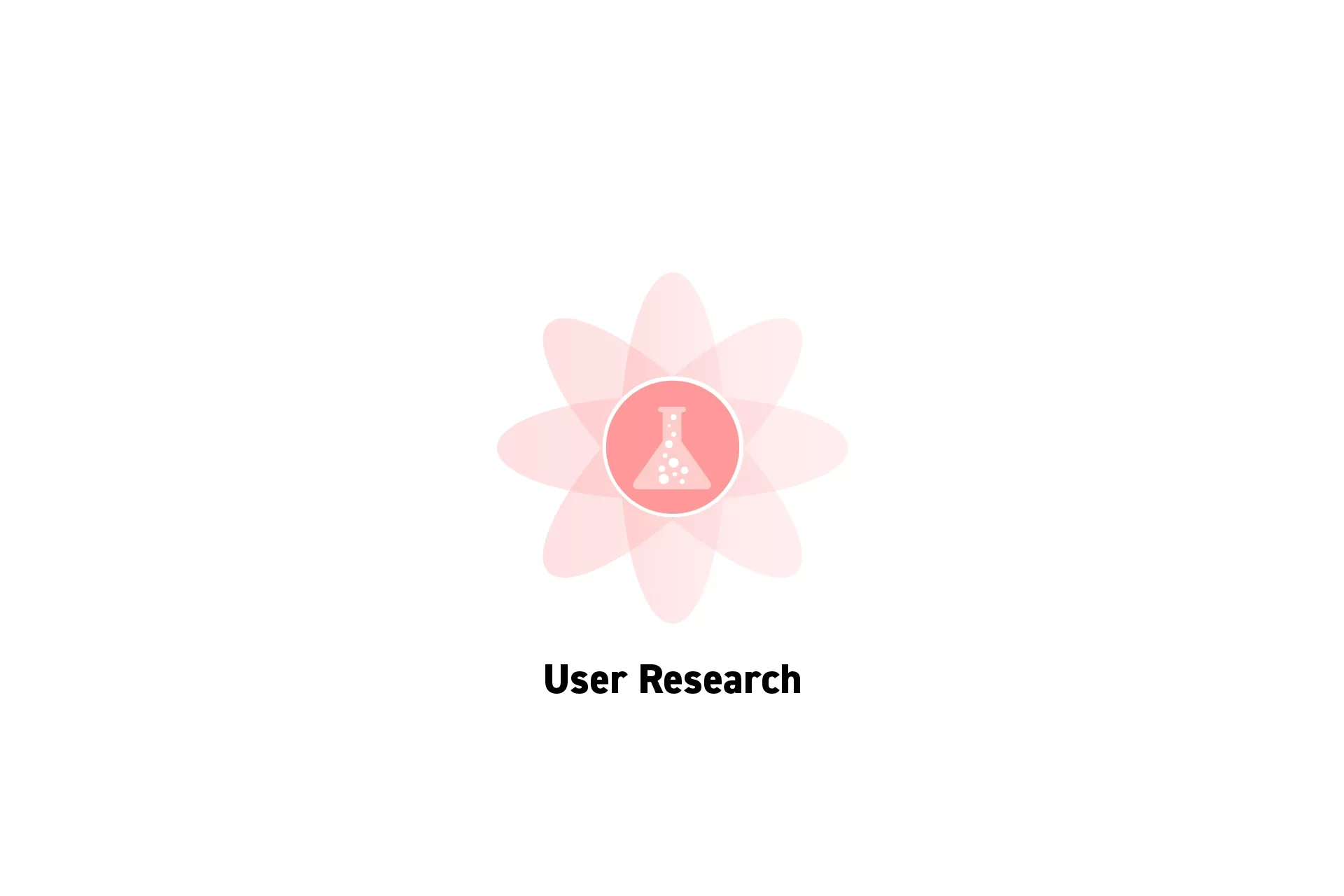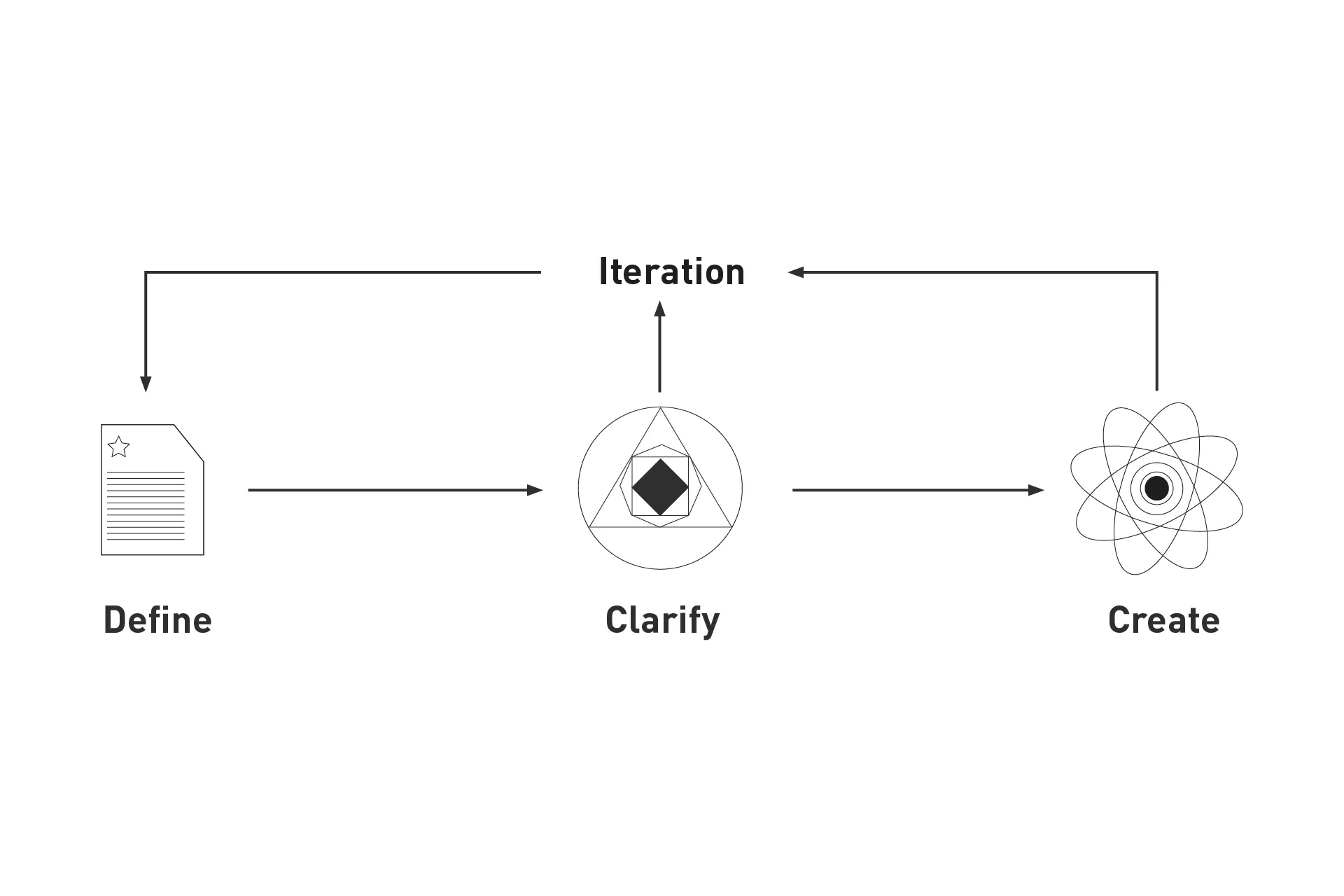How to carry out User Research?
A six step process on carrying out user research.

A six step process on carrying out user research.
SubscribeWhat is User Research?Step One: Write a Hypothesis
In order to not waste time, you must define the problem that you are trying to solve or the idea that you want to validate.
Step Two: Define the target audience
User research is intended to help you gather an in depth understanding on a cohort.
This cohort could also be seen as a collective within your target audience, which must be defined in order to make sure you carry out user research on the right people.
Please note that steps three and four can be carried out in parallel.
Step Three: Design the study
With the target audience defined, you must next design the longitudinal studies, in-depth interviews (IDI), surveys or usability tests that you will carry out on a small group of users from the target audience.
Step Four: Find the candidates
Find the individuals that you are going to perform the study on.
Cohorts range from 10 individuals to 5000+.
Step Five: Carry out the study/studies
Carry out the study or studies that you have designed on your cohort and make sure that guarantee that the analysis is continuous and that the accuracy of the results is consistently of a high standard.
You can carry out the research on a one-to-one basis or in groups (i.e. focus groups).
Step Six: Evaluate the Results
Carry out qualitative and statistical analysis on the results, draw conclusions and evaluate the outcome.
To learn more about statistical analysis consult this link.
Always remember, the work is never done

delasign's process
As a product, service or experience (i.e. the creation) evolves it is strongly recommended that you continuously test the creation with a consistant user or user group as well as a series of sporadic users or user groups (i.e. infrequently test or test just once with an individual or group); in order to clarify and validate that the creation:
- Meets its intended utility.
- Has value that converts to return on investment (ROI)
- Is clearly understood by all audiences (i.e. those that have used it and those that are new).
In the event that the validation is not achieved, it is recommended that you use the learnings to either adapt the definition and proceed with further clarification or abandon the project instead of continuing down a path that does not promise an ROI.
Looking to learn more about Research and Strategy?
Search our blog to find educational content on research and strategy.